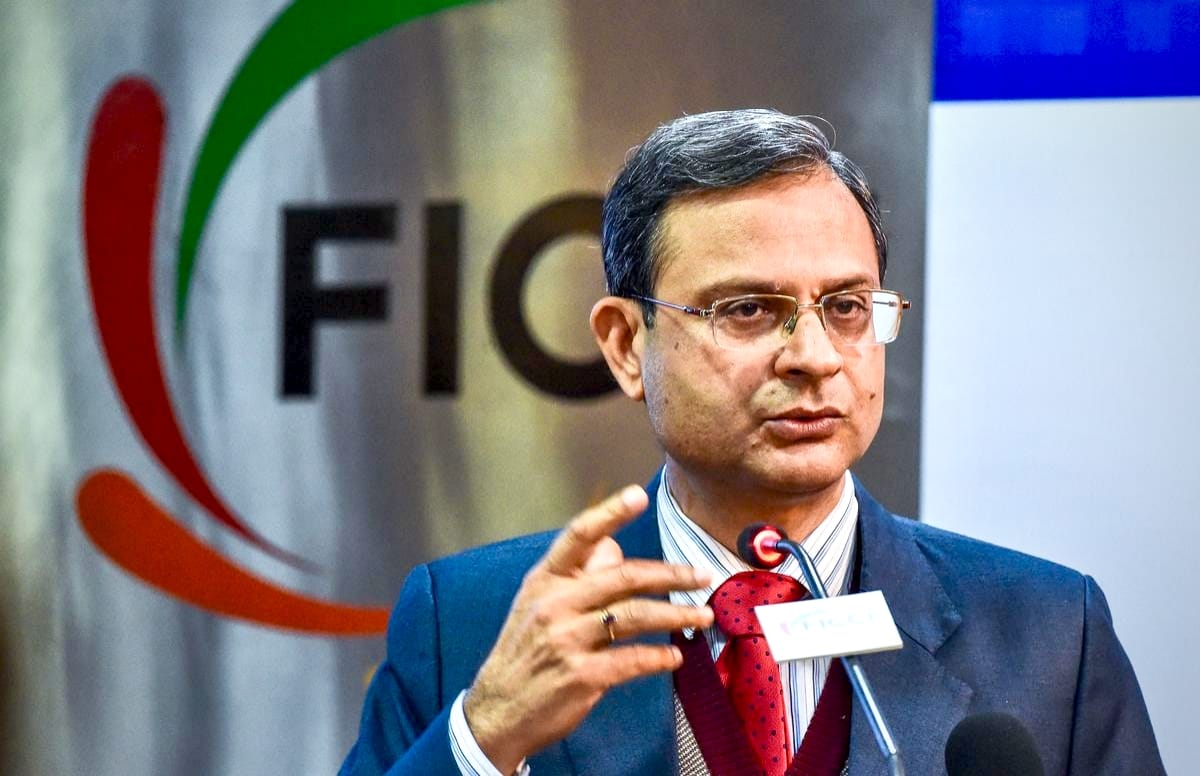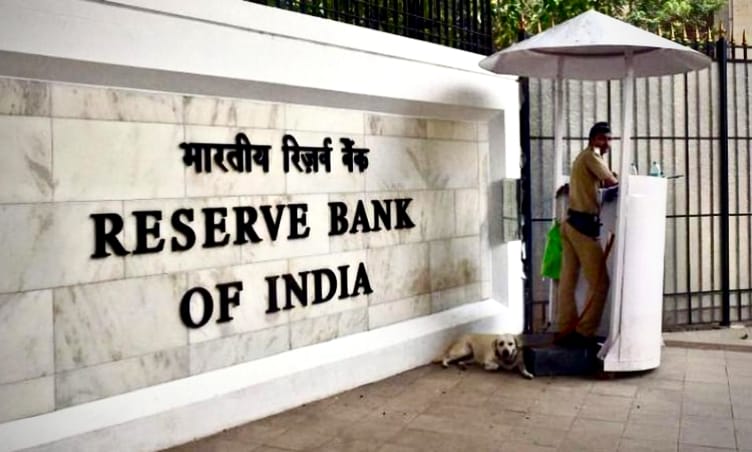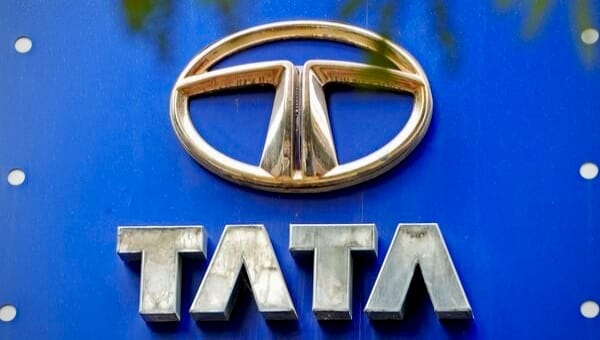
Mint Road’s influence on India’s financial landscape often manifests not in overt adjustments to benchmark rates, but in a relentless, calibrated pursuit of operational efficiency that underpins the nation’s economic architecture. Today’s proposal by the Reserve Bank of India, mandating same-day credit for all inbound cross-border payments, represents precisely such a structural pivot—a less dramatic headline perhaps than a repo rate decision, yet one with profound implications for capital flows and the very velocity of India’s economic lifeblood. This move, a culmination of the central bank’s consistent drive to modernize its payment infrastructure, transcends typical monetary policy interventions, setting the stage for a new era of financial seamlessness.
The immediate market response was subtly encouraging. The rupee firmed slightly to 83.35 against the dollar, a modest yet telling appreciation reflecting a nascent optimism regarding future rupee dynamics. The 10-year government bond yield remained steadfast at 7.18%, with the Nifty 50 posting a respectable 0.3% gain. Long-time monetary policy observers understand that while headline figures might appear muted, the underlying narrative is one of strengthening fundamentals.
This directive is deeply rooted in the RBI’s long-term agenda, an initiative that has seen India leapfrog in domestic payment innovation with UPI and the near real-time settlements afforded by RTGS and NEFT. Governor Shaktikanta Das’s characteristic pragmatism shines through, echoing his recent emphasis: “Our commitment remains steadfast towards fostering an inclusive, efficient, and secure payment system that acts as an enabler for economic growth, not a bottleneck.” This mandate extends that comprehensive vision to India’s international financial interactions, aligning the nation with global moves towards swifter cross-border settlements.
Crucially, this is a structural reform, entirely distinct from a monetary policy adjustment designed to influence the 6.50% repo rate or overnight liquidity. While it will not directly alter the current macroeconomic stance, its reverberations through currency markets, trade finance, and India’s overall economic growth trajectory are undeniable. The rupee’s minor strengthening signals market confidence, as faster settlement periods inherently minimize ‘in transit’ capital. This operational streamlining promises to enhance the efficiency of foreign capital inflows, encompassing foreign portfolio investment (FPI), foreign direct investment (FDI), and critical remittances. “By ensuring same-day credit, the RBI is dismantling a significant operational bottleneck for foreign money entering India,” noted a veteran forex dealer who’s navigated rupee crises spanning two decades from a Mumbai trading desk. “It boosts India’s appeal and could well lead to more stable, sustained capital inflows over time as business ease dramatically improves.”
Seasoned bond market participants concur that the direct impact on the yield curve remains limited for now, with the 10-year government bond holding at 7.18%. However, long-term effects could be mildly positive as efficient cross-border transactions make Indian debt and equity markets more attractive to FPIs. For banking liquidity, the systemic liquidity surplus, currently hovering around ₹1.5-2.0 trillion as evidenced by daily Liquidity Adjustment Facility (LAF) operations, will not materially change from this operational tweak. However, banks face immediate requirements to upgrade processing systems for faster fund movement into customer accounts, demanding more precise internal treasury management. This proposal improves working capital management for international trade, empowering exporters to deploy funds more rapidly and lessening reliance on costly short-term trade finance. Quicker fund receipt by SMEs or startups from foreign investors can accelerate project execution, indirectly spurring credit demand and providing a fresh growth impulse. While there is no direct link to the inflation trajectory, reducing friction and improving business cash flow naturally fosters a more efficient economy, supporting higher GDP growth. This move could materially enhance India’s standing in global ease-of-doing-business rankings, acting as a magnet for foreign capital and fostering entrepreneurial vigour.
Market participants have largely applauded the initiative. Dr. Radhika Sharma, Chief Economist at Axis Financial Services and a widely respected voice on India’s macroeconomic landscape, stated, “This is a critical step for businesses, particularly IT/ITES firms, and for families reliant on remittances. It effectively addresses a long-standing pain point, improving money velocity and significantly reducing transaction costs across the board.” Mr. Rajesh Nair, Senior Manager at HDFC Bank’s treasury desk, a monetary policy specialist who’s briefed multiple Governors, added, “Banks will inevitably invest heavily in backend systems to handle this increased speed. This means tighter cut-off times, real-time reconciliation, and leveraging API-driven solutions. Competition among financial intermediaries will further drive efficiency, ultimately benefiting customers.”
Currently, cross-border inbound payments can take 1-3 business days. The RBI’s directive compels banks and payment operators to dramatically streamline processes. India’s robust foreign exchange reserves, exceeding $640 billion, provide a stable bulwark for implementing such reforms. While there is no direct linkage to the current 6.50% repo rate, or CRR/SLR ratios, enhanced operational efficiency could indirectly buttress financial stability. Banks face immediate implementation needs, necessitating substantial technology investment, robust real-time reconciliation protocols, and advanced fraud detection capabilities. Banks adapting swiftly will undoubtedly carve out a significant competitive edge. The IT/ITES and export sectors stand to gain most, with faster payments improving cash flow, potentially reducing FX conversion risks for unhedged exposures, and simplifying financial planning. Sectors like real estate and auto will indirectly benefit from the improved economic activity and higher disposable incomes stemming from smoother remittance flows. Consumer durables could see a an indirect boost from increased economic momentum.
This proposal transmits economic efficiency through operational improvements, fundamentally differing from how monetary policy acts via interest rates to manage demand. Reducing settlement delays effectively cuts idle capital, minimizes foreign exchange risk for businesses, and increases financial flow predictability. This inherent efficiency translates directly into superior corporate liquidity management, lower overall transaction costs, and improved cash management across the spectrum, making India demonstrably more attractive for international trade and investment. Mint Road watchers recognize this as part of a grander strategy.
This move firmly positions India for a more deeply integrated global payment system, moving further away from any notion of policy normalization by simply reacting to external shocks, and instead proactively shaping its financial infrastructure. Markets now await detailed guidelines and the phased implementation timelines. Those who’ve tracked the central bank through multiple cycles anticipate the RBI may next consider similar mechanisms for outbound cross-border payments or mandate real-time processing globally. For market participants: banks must strategically invest in infrastructure and real-time reconciliation capabilities; businesses should reassess their cash management strategies and FX hedging needs in light of reduced transit times; forex traders might observe reduced intra-day volatility stemming from improved payment predictability. Investors, above all, should view this as a significant structural reform enhancing India’s long-term economic prospects, with the potential to draw an even greater quantum of foreign capital. The RBI’s proposal signals its unwavering commitment to cultivating a modern, frictionless financial ecosystem – a delicate balancing act between prudential regulation and dynamic innovation, consistently executed.







